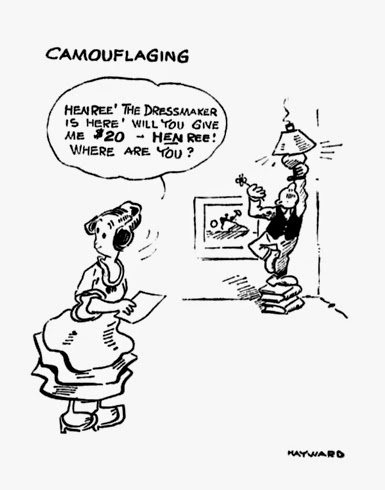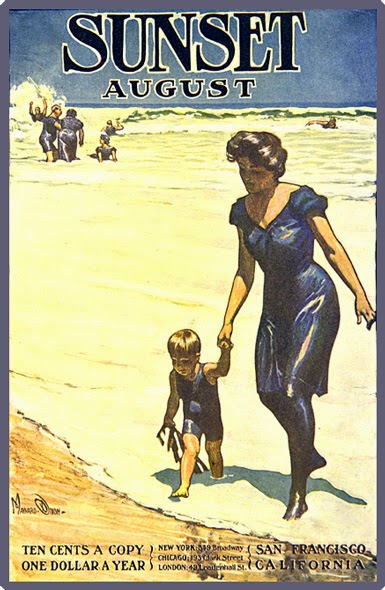 |
| Portrait of Joseph Harker (n.d.) |
[During World War I] One of the strokes of genius on the part of an [French] administrative department…was the selection of a famous scene painter for the work [of camouflage]. This was [Louis] Bérard, who painted the famous scene of the farmyard for [Edmond] Rostand's great sensational play Chantecler. Bérard put up all sorts of queer devices for the misleading of enemy observers. He created fake lakes where there was no water and he was the originator of the bright idea of designs for gun emplacements that changed color as the seasons of the year changed. The success of Bérard led the British Government to call in famous London scene painters like Joseph Harker, and at one time the scene decks in the great spaces of Drury Lane Theatre were filled with canvases in the course of preparation for the front.
We have easily determined that the French stage designer was Louis Bérard, perhaps best known as "le decorateur de Chantecler," a wonderfully zany satirical play by Edmund Rostand, in which all the actors were dressed in animal costumes (below, see program cover of the NYC production of the same play, starring Maude Adams •). In Cécile Coutin's Tromper l'ennemi (2012) Bérard is described as an accessoiriste de théatre (property man) who served in the Section de Camouflage (1914-15) as a camouflage instructor at the studio at Amiens. She includes a three-page section on "Louis Bérard and His Contribution to the Invention of Camouflage" (pp. 48-51). Regrettably, the text is completely and only in French.
Nor did it require much effort to find out more (if not very much) about Joseph Cunningham Harker (1855-1927), who was a well-known scenographer in the London theatre. Above is a painting of him, possibly a self-portrait. He was one of a long line of Harkers who were prominent in the theatre, including his actor father, William Pierpont Harker, and his own son, the character actor Gordon Harker. Today, two of Joseph Harker's great-great-granddaughters, Susannah Harker and Caroline Harker, are accomplished British actresses. During his lifetime, Harker was a scene painter for the Lyceum Theatre, which was managed by Bram Stoker, the author of Dracula. In that book, one of the leading characters (called Jonathan Harker) is named after Stoker's friend.
• Views of the NYC production of Chantecler (with sets most likely not designed by Bérard) are available here.













































